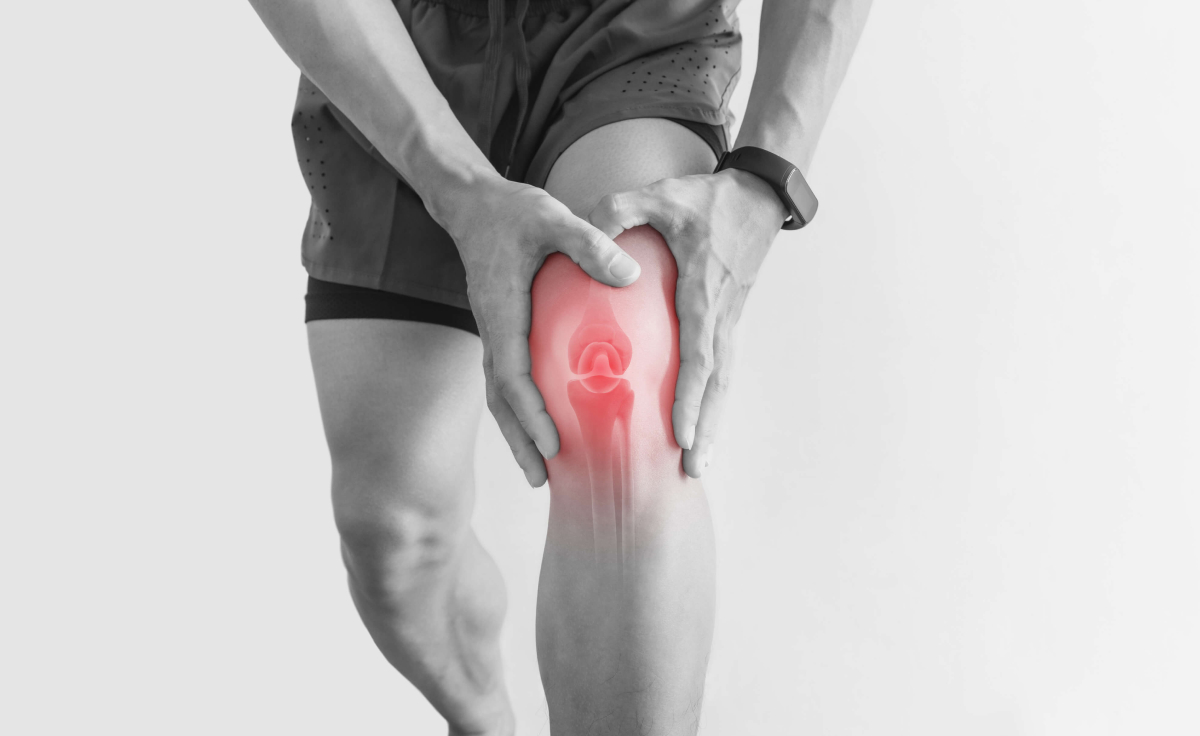Understanding Early Arthritis
Cartilage Wear and Tear Explained

Our joints are cushioned by a smooth, protective tissue called cartilage. This allows for pain-free movement and acts as a shock absorber. Over time, however, due to aging, injury, or overuse, cartilage can begin to soften and erode — leading to early arthritis.
What Causes Cartilage Degeneration?
Risk factors can be:
Modifiable (you can change them):
- Joint injuries
- Overuse from work or repetitive movement
- Weak muscles around joints
- Obesity
- Poor limb alignment or deformities
Non-modifiable (you can’t change them):
- Age
- Gender (more common in women)
- Genetics
- Ethnicity
Treatment Options for Early Arthritis
1. Medications & Physiotherapy
In the early stages, pain relief and strengthening exercises are key. Supplements like glucosamine, collagen, and omega-3s can also support joint health.
2. Injections: Slowing Progression & Managing Pain
Platelet Rich Plasma (PRP):
Uses your own blood to promote healing. Great for long-term improvement, but results take time and may not be covered by insurance.Stem Cell Therapy:
Still experimental, using fat-derived cells to promote regeneration.Hyaluronic Acid:
Lubricates the joint, offering up to 6 months of relief. Usually covered by insurance.Steroid Injections:
Powerful short-term pain relief, especially in flare-ups. However, they don’t treat the root cause and may affect cartilage over time.Combined Injections:
A mix of steroid + hyaluronic acid can offer both immediate and sustained relief.
Surgical Options (When Conservative Treatments Fail)
When arthritis becomes severe, surgery may be considered:
- Arthroscopic Debridement (cleaning the joint)
- Osteotomy (realigning the joint)
- Partial or Total Knee Replacement (last resort for advanced arthritis)
Final Thoughts
Early intervention can delay or even prevent the need for surgery. If you’re experiencing joint pain or stiffness, consult a specialist to explore treatment options tailored to your needs.

Click here to download the article:
Read more stories
Steroid Injection for Shoulder Pain: What You Should Know
Steroid Injection for Shoulder Pain What You Should Know Shoulder pain — especially from conditions like rotator cuff inflammation or...
Steroid Injections for Knee Pain: What You Need to Know
Steroid Injections for Knee Pain What You Need to Know Chronic knee pain caused by arthritis or inflammation can significantly...
Understanding Meniscus Tears: Symptoms, Treatments & Recovery Options
Understanding Meniscus Tears Symptoms, Treatments & Recovery Options The meniscus is a C-shaped cartilage in your knee that acts as...






